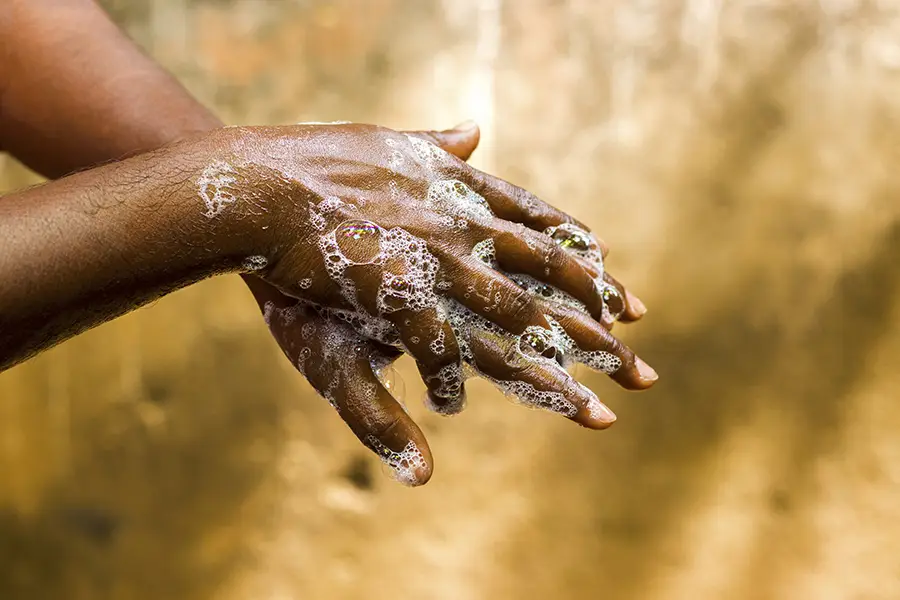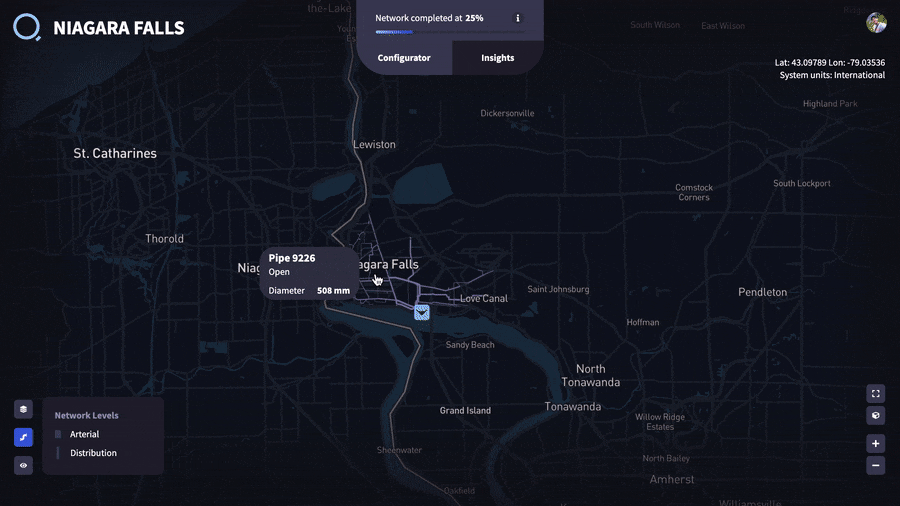New ways to solve old problems
One of the unfortunate consequences of the current COVID-19 crisis is that the world has had to postpone, or at least overlook, some of its most urgent priorities until the pandemic is over. However, some of these priorities should not be postponed, and the UN’s Sustainable Development Goals (SDG) summarize many of those priorities. Focusing on water, SDG 6, which aims to “ensure availability and sustainable management of water and sanitation for all,” is considered by many to be a central objective among the 17 goals established by the United Nations. As a matter of fact, it is related to all other 16 objectives and it is very strongly linked to a handful of them. The importance of water and sanitation has been highlighted during the COVID-19 crisis, as hand washing is one of the most effective methods to prevent the disease. 3 billion people lack basic hand washing facilities at home. So, once again, SDG 6 is linked to the solution of many problems, including those related to COVID-19.

Hand washing was demonstrated to be one of the best ways to prevent COVID-19.
In February 2021, a new summary progress update for SDG6 was presented by UNWater. The news is not encouraging, as, although some of the data refers as far back as 2017 (data collection is complicated in SDG6 monitoring), the world was not on track to meet SDG 6 before COVID-19 and it is doubtful that it will have improved since. One third of the world’s population (2.2 billion people) lacked safely managed drinking water services in 2017, and more than half of human beings on earth did not have access to safely managed sanitation services (4.2 billion people), while 40% of the population (3 billion) lacked basic hand-washing facilities at home. Those figures and the others presented in the new progress update raise serious concerns about what can be done to improve these figures.

What are the challenges that are preventing us from approaching SDG 6 goals?
There are several challenges we need to solve in order to meet SDG 6 goals, but basically they can be summarized in these two:
- Lack of information: aggregated figures are excellent decision-making tools, and yet they can mask poor data collection. For instance, only 117 countries (60%) had sufficient data to calculate the indicator on drinking water coverage. The figure is much lower for safely managed sanitation, with only 96 countries (less than 50%) providing sufficient data.
- Need to change the mindset: global figures may lead us to think that global actions are needed. But in water and sanitation, more than in any other sector, the “think globally, act locally” concept needs to be applied. Water is extremely local, and solutions to provide water and sanitation to people must be designed for local conditions.
We still have eight and a half years to achieve the goal, and, since the prospects are not especially good, it should make us think.
Digital water as part of the solution
One of the most disruptive events in the water sector in the past few years has been the dawn of so-called “digital water”. And although the compilation of software suites, sensors, IoT devices and AI algorithms may appear as something that is only useful in developed, rich countries, some of these breakthroughs could help us get closer to achieving SDG 6. The truth about Digital Water is that it is a democratizing factor. Expert tools and analysis that were only available to a few specialized professionals, are now incorporated to very cost-effective solutions or even offered for free (like Qatium). This means that with just a mobile phone or a tablet and an internet connection, state of the art solutions can be accessed from anywhere in the world. This can mean that in low-income countries, a working hydraulic model can be set up in a few minutes with little or no previous information (using public maps and data). This can then be used to understand operating issues of the current network and whether solutions to expand coverage can be based on expanding that network or whether alternative solutions need to be developed for that part of the population.

Hydraulic network at Qatium.app
With some work, digital solutions can help us understand the behavior of intermittent supply systems, and how they can be transformed on continuous supply systems (almost always an issue of network conditions). Even the operation of the intermittent supply networks can be optimized with the adequate tools, minimizing water losses and minimizing the impact on pipes. In places where water and sanitation are not network-based, mobile solutions can help us understand the reality on the ground and be used to collect information on how people obtain their water and access sanitation facilities. Mobile phones are also excellent alternatives for collecting micropayments that help those who need to access cheaper, network-based water alternatives. And we must not forget that, in the end, most of the digital water solutions are based on massively gathering information. Something that is crucial to the achievement of SDGs (you cannot manage what you cannot measure). Digital solutions are developing new and fascinating ways to collect relevant data (using, for instance, social network activity) and could be used to standardize data collection in all those countries that cannot report their data to the monitoring program. Because, although global data is often collected in a very aggregated form, data has a local origin. And the same way that we are now collecting data from satellite imagery, we should be able to retrieve information digitally from the people that should be accessing water and sanitation services. I truly believe that some outside-the-box thinking could really move us a long way in this direction. Quality information is very scarce in low income countries and some efforts in this direction could really go a long way. Of course, digital solutions are not going to solve the problem (or any problem) by themselves. Extensive financing and investment, governmental policies, alternatives to network-based solutions should be designed and implemented. But adding some digital solutions designed to help provide water and sanitation to those who need it will sure help. After all, digital water is the greatest opportunity that has surfaced in a really long time to create some disruptive changes to the water sector. Digital solutions for water are evolving every minute these days. And, with almost a decade ahead of us to meet the Sustainable Development Goals, they should be used with appropriately designed solutions in the places where they are needed the most. The United Nations, multilateral organizations, and national governments should take a look at this new toolbox that was recently made available and could speed things up.
Digital water is the greatest opportunity that has surfaced in a really long time to create some disruptive changes to the water sector.
Enrique Cabrera
Vice President at the International Water Association and Professor at Universitat Politècnica de València









